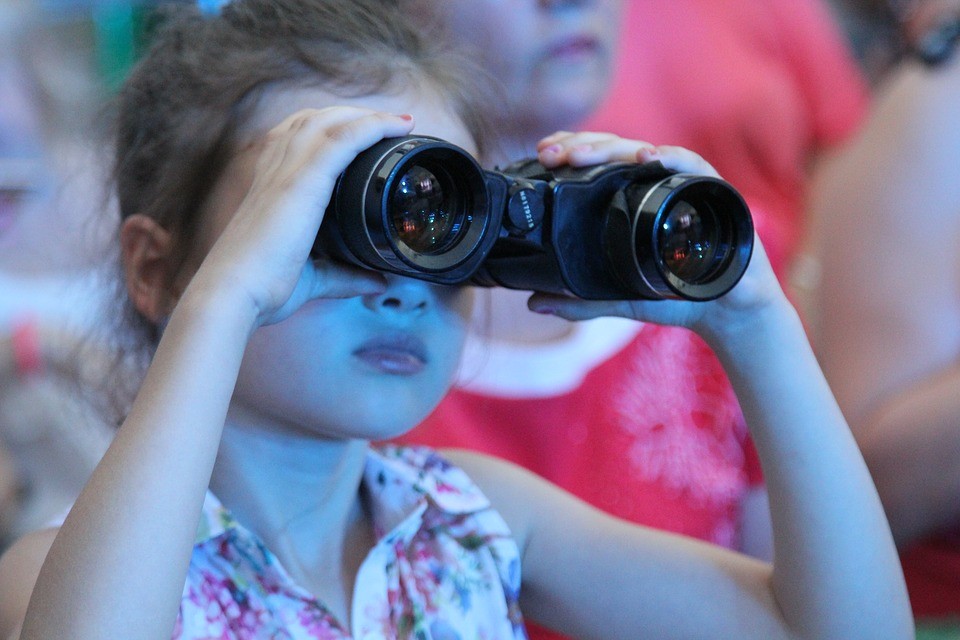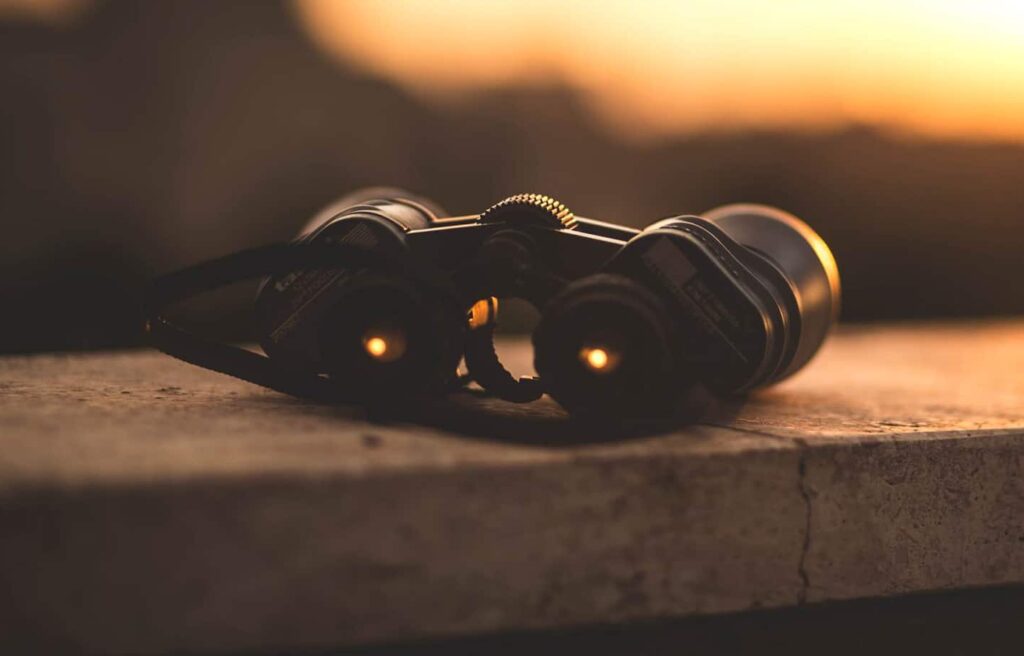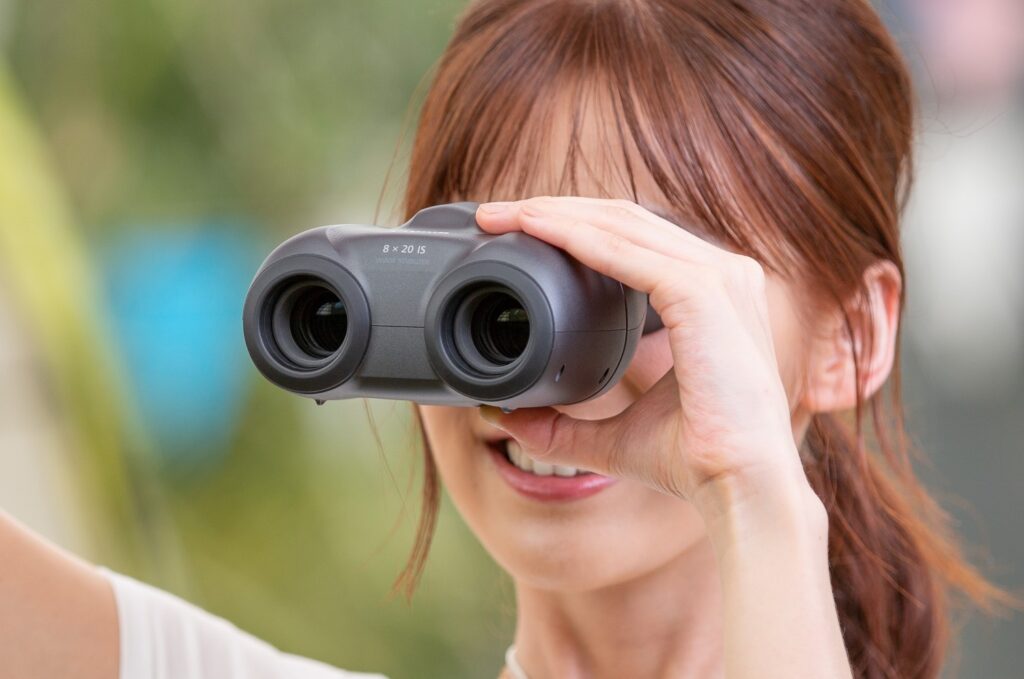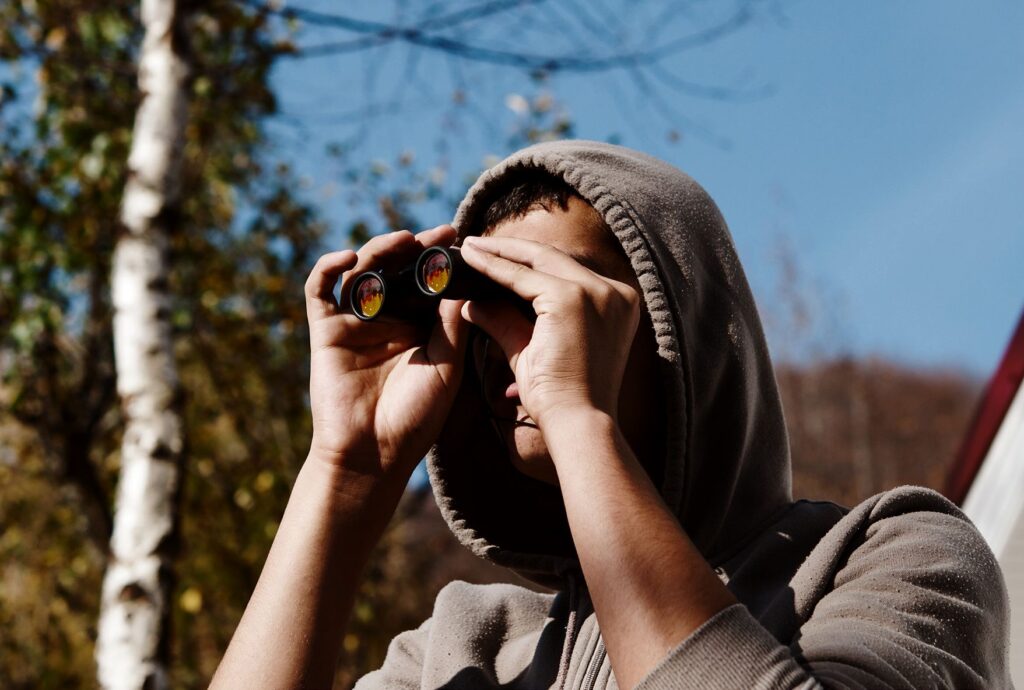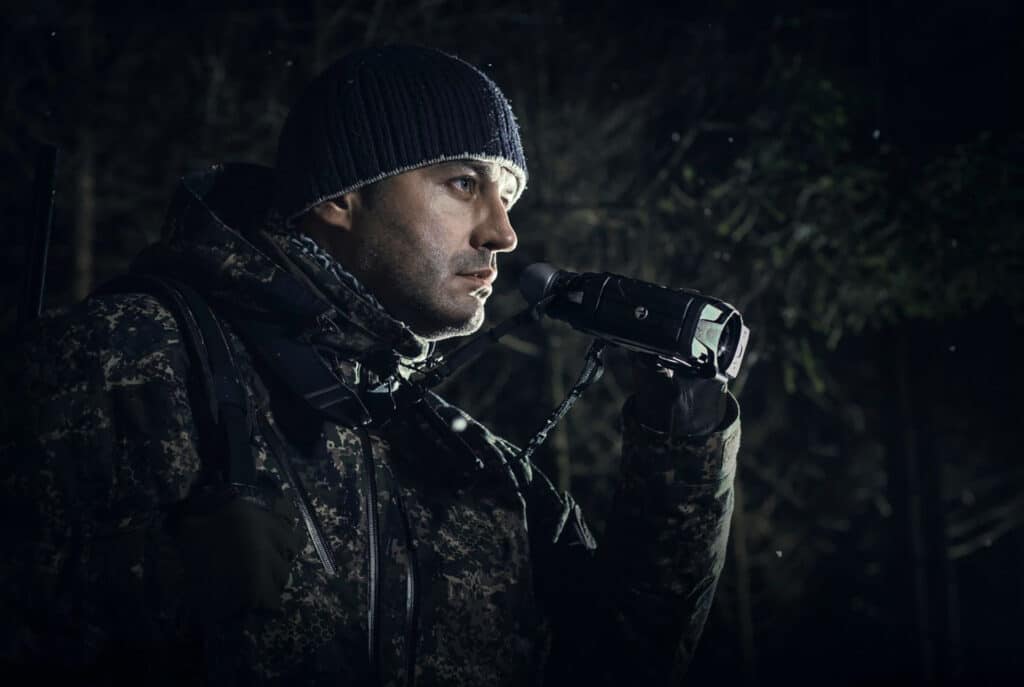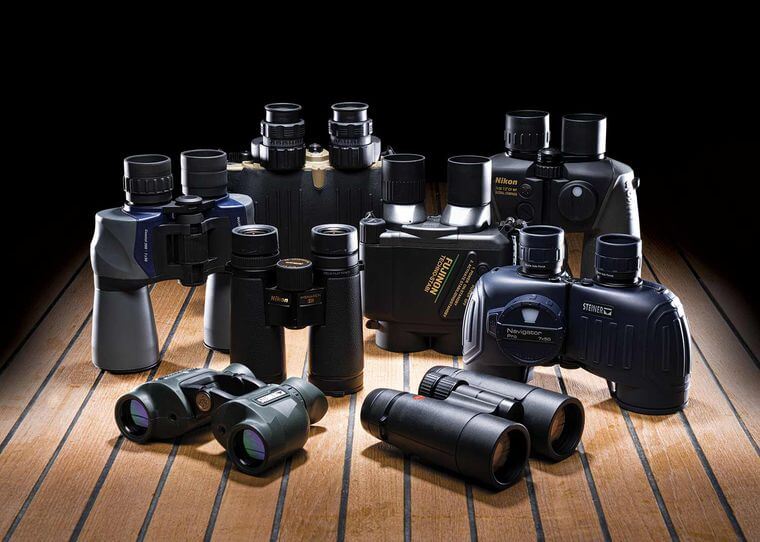

If you’re someone who loves the great outdoors and sightseeing, you know the importance of a good pair of binoculars or even just a monocular. These devices allow you to see better, even when you’re at a considerable distance. This is especially true for things that are far away and not clearly visible to the naked human eye. However, when it comes to binoculars vs. monoculars, which one is right for you?
Binoculars and monoculars both are devices that are not only great for adventures, like bird watching, wildlife watching Trusted Source What to take | Wildlife | The Guardian There’s no need to burden yourself with lots of gear, but some basic kit is useful www.theguardian.com , and hunting, but also widely useful by professionals such as sailors, military forces, and security personnel. Some devices come with night vision features that allow you to be on the lookout for danger while camping or hiking.
This guide will help you understand the difference between binocular and monocular optic devices, along with their detailed descriptions.
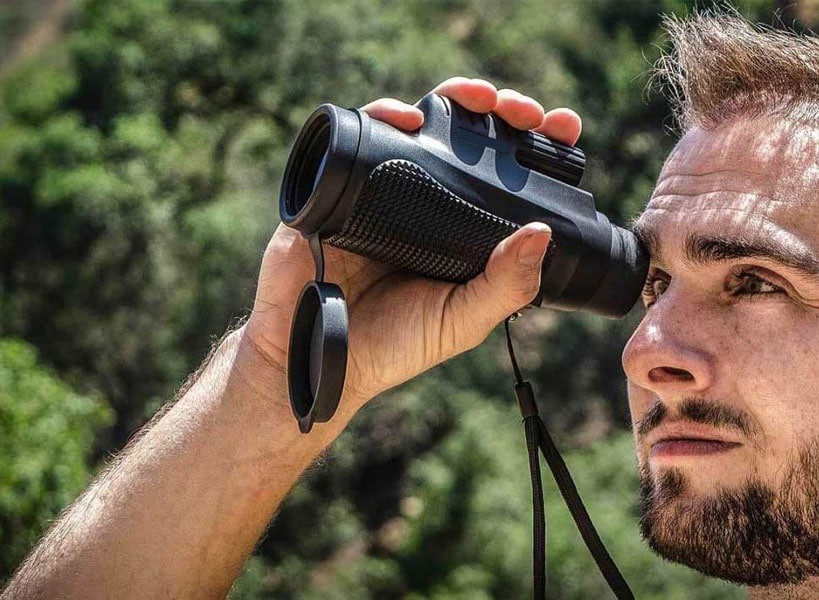
‘Mono’ is a Greek term that translates as ‘one’ or ‘singular’ in English, while ‘ocular’ is Greek for ‘eye’. Therefore, as the name suggests, a monocular Trusted Source Monocular - Wikipedia A monocular is a modified refracting telescope used to magnify the images of distant objects by passing light through a series of lenses and usually also prisms. Most modern monoculars use prisms instead of relay lenses to ensure an erect image, resulting in a lightweight, compact telescope en.wikipedia.org is an optic device that is made for viewing distant objects or sceneries from one eye. If you are familiar with binoculars, then in simpler terms, a monocular is half a binocular, containing a single barrel to look from.
A monocular can also be described as a very small version of a telescope, with a far lesser reach, however extremely useful for zooming in on an otherwise unclear and far away object. This is why people prefer a monocular over telescopes because they perform similar functions and can easily fit in your pocket!
The sizes of monocular devices can vary. Generally, the barrel of a monocular is the size of a palm. They come in a range of prices as well, varying on the specifications and the intention of use. Monoculars for professionals, like the military, can have high range specifications, while the models intended for hunters, golfers, and campers are slightly less advanced, therefore relatively cheaper.
Now, let’s delve into the ups and downs of using a monocular. The best thing about a monocular is its lightweight and compact size that allows adventurers and travelers to carry these useful devices in their fanny packs, pockets and even hang them around their necks using a string without causing fatigue. Apart from the carrying convenience, the size also allows rapid and instant use, without much setting and any mounting required.
Despite the small size and a single optic lens, they function just as well as a pair of binoculars and have similar magnification specifications as well, at a considerably lower price. Other pros of a monocular include the covert design. It allows discretion, attracting less attention, especially in situations when the user is exposed to potential danger. When it comes to safety, a monocular enables you to examine wildlife without getting too close to potentially dangerous creatures. It similarly lets you examine dangerous targets without exposing yourself to the target.
You can make your travels and outdoor adventures even more exciting by enhancing the faraway sights. A monocular is perfect for this task because it has twice the magnifying qualities of regular magnifying glass. It also allows you to have a more specific direction while zooming in on targets. Not to forget the excellent price you can get for a great quality monocular.
They’re also a very user-friendly product for people with visual impairments. They allow users who have a significantly reduced sight in one eye or who suffer from variations of sight in both eyes to focus on targets.
However, there are some drawbacks to monocular devices, considering that they can cause eye fatigue relatively faster, as compared to binoculars or telescopes. They don’t allow comfortable usage for an extended period of time. Additionally, a monocular might not be the best device for tracking moving targets or for wide-angle viewing of a scenic location.
Monoculars are more suitable for situations where you don’t require continuous observation of distant targets in motion. They are, however, perfect for briefly zooming in on distant objects. For example, while taking aim in hunting or estimating the distance while golfing. However, you can get excellent-quality monoculars, with several user-friendly features specially designed for specified uses.
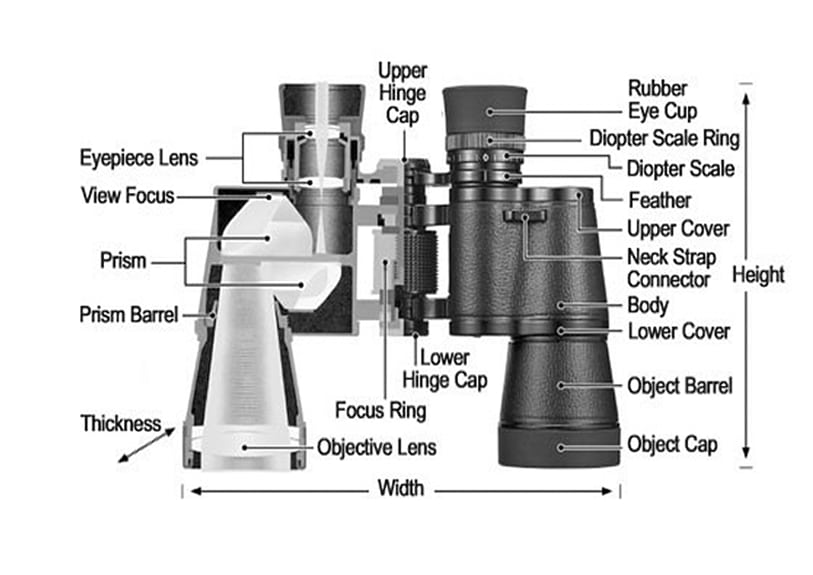
Binoculars Trusted Source Binoculars - Wikipedia Binoculars or field glasses are two refracting telescopes mounted side-by-side and aligned to point in the same direction, allowing the viewer to use both eyes (binocular vision) when viewing distant objects en.wikipedia.org are more common and widely known among the masses. To simply explain, these are devices similar to a monocular but have two barrels that contain separate optic lenses instead of just one. Dissecting the name “binocular” itself will help you understand the concept better, with ‘bi’ meaning two and ‘oculus’ that stands for the eye. When combined, the result is a complete term called binoculars.
A pair of binoculars is a visual aid device that lets you see faraway objects using both eyes simultaneously, so you can think of binoculars as two monoculars being used at once. Binoculars come in many sizes, depending on their intended use, as well as different designs for specific tasks. Some binoculars are compact and lightweight, pocket-sized devices, while other models can be larger and heavier, requiring a tripod for mounting and stable use.
There are several uses of binoculars in both professional occupations and recreational activities. Military and police forces are perhaps the most common users of high-end, professional-quality binoculars. The same goes for hunters, travelers, campers, and wildlife enthusiasts who may also frequently use binoculars.
Those who require attention to detail of objects and targets that are at a distance can find some excellent 10×42 binoculars that offer great clarity. They enhance your overall outdoor experience, offer a better view while hunting, a clearer vision while wildlife viewing, and an improved distance estimation during hiking.
Binoculars can be found in a wide range of quality. You can easily select the most suitable ones, based on your requirements and budget. These devices are commonly found online and in stores since there are no specific companies that manufacture binoculars. However, there are some companies, such as Vortex, that manufacture the best quality binoculars with highly coveted features.
Some binoculars that lean more toward the expensive side contain premium features that aid professionals in their daily activities. One such feature is that of night vision. Night vision devices (NVDs) help people see objects that would appear obscured and blurry to the naked eye. Night vision feature in these devices allows you a clear vision in the absence of light. NVDs include some types of binoculars, more specifically night vision binoculars that are high-tech and high-power goggles, with zoom-in features.
The variations in the design of different models of binoculars offer degrees of ease and usage. These variations can be in terms of:
Unlike most monocular devices, some binoculars help users track moving objects and non-stationary targets.
However, there are some catches to these otherwise excellent devices, such as their considerably high prices and bulky designs as compared to monoculars. They’re also more comfortable as they ensure the comfort of use by reducing eye fatigue and allowing longer time periods of extended use.
There are some common components that make up binoculars and monoculars. However, the functionality of these components can vary depending on what kind of device they are attached to. These components can be divided into 3 categories, namely:
Let’s discuss all these specific components and features in detail, side by side for binoculars and monoculars, to allow a comparative analysis of both devices.
Monoculars:
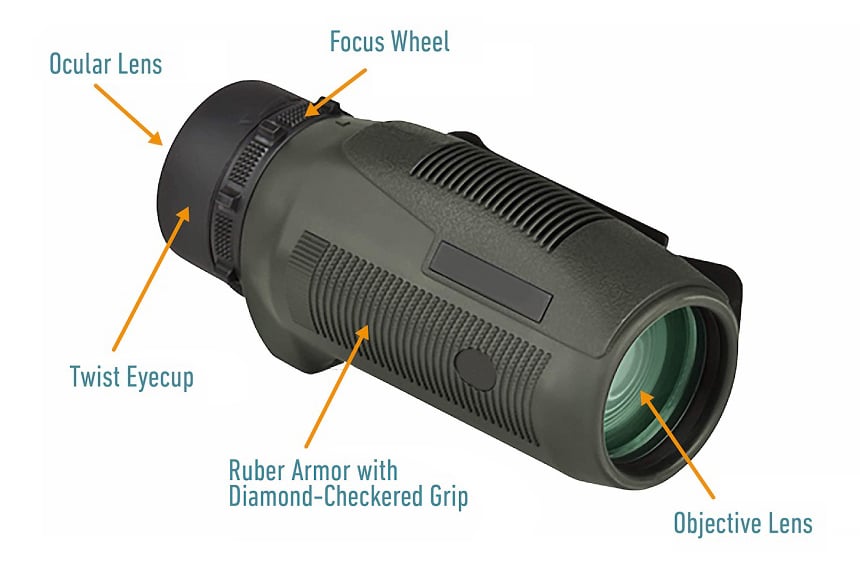
The Porro Prism lens design is most commonly used in the viewing mechanism of a monocular. This lens design was first introduced by Ignatio Porro in 1854 for use in binoculars, whereby a curved lens is used, which utilizes the physical characteristics of a prism. The lens captures light from faraway targets, amplifying it for clarity; however, this produces a flipped image that looks upside down. The prism-like glass lens inverts the image captured on it, and these two, when combined by the monocular lens, resulting in a zoomed-in image of the target. This comprises the most valuable and expensive component of a monocular. A binocular uses two such lenses, which explains why monoculars are considerably cheaper than binoculars.
Binoculars:
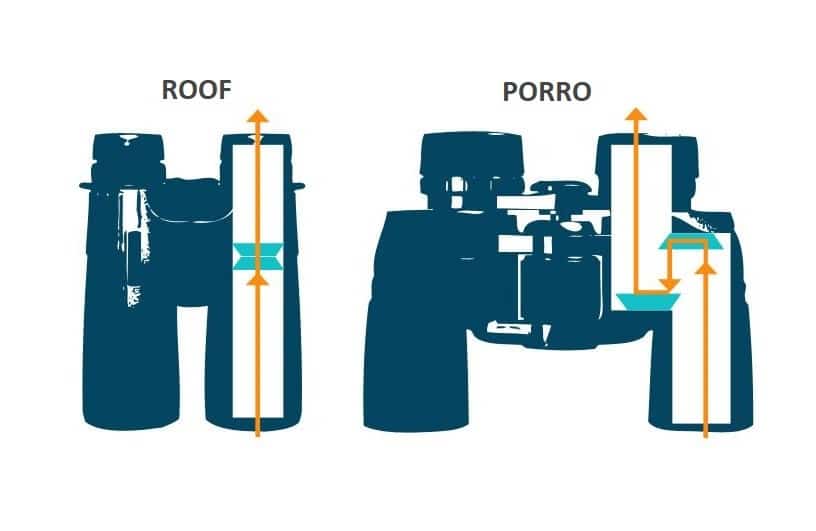
Unlike monoculars, binoculars utilize three systems to function. These include the Porro, as well as Galilean and Roof prisms. Traditionally, binoculars used the Galilean prisms; however, Porro and Roof prisms became increasingly popular in modern models with time. Porro lenses and prisms are the most expensive optical device components; therefore, they cost double the price in binocular devices, considering that it requires two separate lenses for each barrel.
Monoculars:
Magnification literally means enlargement or zooming. In optic tools like monoculars and binoculars, the magnification depends on the objective lens’s power. So, technically, these specifications determine the amount of magnification that can be achieved. Considering that a monocular is essentially half of a binocular, this feature is more or less the same for either device. However, the quality of vision and results of the same level of magnification can be strikingly different when looking through one, as opposed to two, viewing barrels.
Magnification of vision in a single eye can result in extra strain and quick fatigue of optic nerves, causing users to get tired quickly. Therefore, monoculars work best for quick glances instead of prolonged observation of distant objects. However, using a monocular can be really great for those with visual and sight impairments in one eye, because it can balance out the clarity level of both eyes.
Binoculars:
Binoculars have similar magnification specifications to those of monocular devices. Binoculars usually have the same levels of amplification degrees in their objective lenses, only with two instead of one lens. They offer magnification of targets that provide clearer images of objects at a distance. However, they are not qualified for magnification for extreme distances, like that of telescopes. So, the degree of magnification is the same for both monoculars and binoculars but differs from that in telescopes.
Note that viewing magnified images through a monocular differs from that of binoculars in one major area, and that is eye fatigue. Binoculars offer the same magnification for both eyes since they require using two eyes to look through the dual lenses. Therefore, it is not just one eye that focuses on and does all the work. This feature enables the use of binoculars for an extended period of time without much eye fatigue.
Monoculars:
Considering that monoculars allow amplified vision through just one eye, they have a slight disadvantage to the twin-tube vision of binoculars. This is also the reason why monocular devices cause eye strain quicker. However, a singular view does serve users in dark and low light conditions since the use of one eye for night vision operations prevents the complete impairment of natural sight in the dark. It also allows quick adjustment to darkness when only one eye is using a night vision monocular, as compared to both the eyes in case of a binocular.
The field of view in monoculars is the same as that of a telescope, which is also described as the true view of the field. Most commonly, monoculars are preferred for precision spotting of targets; therefore, their field of view is not as essential as it might be for tasks that require binoculars. Zoning in on specific targets is aided by a precise field of view, making monoculars perfect for such tasks. This makes the use of night vision monoculars popular among military personnel.
Binoculars:
Since binoculars have two sets of viewing fields, binoculars with even the lowest view of the field will have a greater one than the best monoculars. The twin viewing feature in binoculars allows for a wider range of the field, making binoculars especially useful for scanning larger areas and targets in motion. But there is a catch. This same feature hinders the natural sight adjustment of the eyes in low light conditions.
The usability of both binoculars and a monocular can vary depending on how the features of each device are suitable for differing tasks. Let’s consider the usage of both devices and then discuss what activities they are most suited for.
Monoculars:
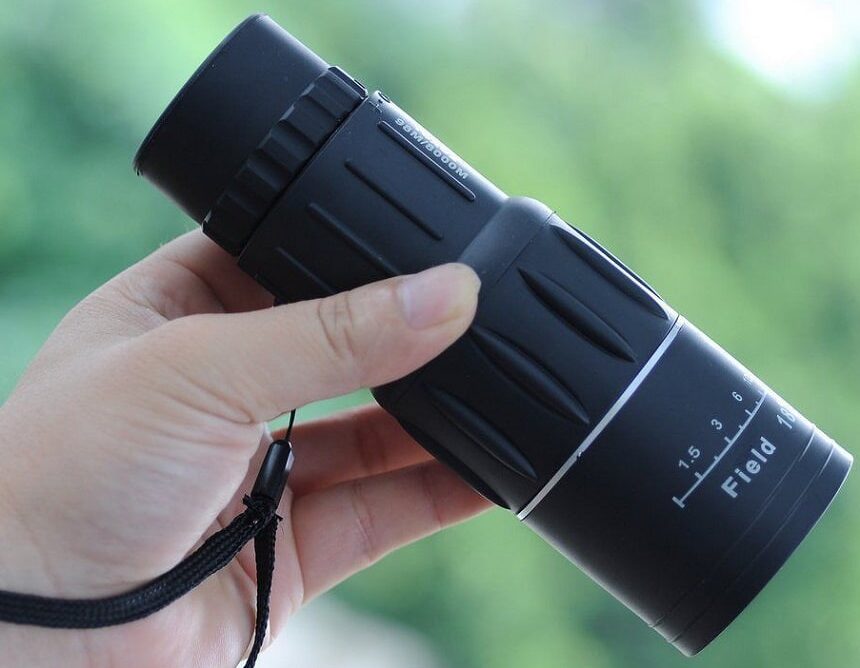
They are compact, lightweight, and way less chunky than binoculars. They are more efficient to bring along on a long trip, especially for backpackers, who require a lot of walking, and hunters, who already carry heavy hunting gear and need to zero in on specific targets. They can also be protected against damage easily because you don’t require mounting them on a tripod (unless you’re hunting) or keeping them in a bag because you have straps to hang them on your shoulders or neck. However, wearing them around your neck can cause strain over time.
Binoculars:
On the other hand, binoculars can be used for all kinds of tasks like exploring, wildlife watching, hiking, and camping, as well as by professionals like policemen and military personnel. Binoculars offer a comfortable experience for long-time magnified viewing. They also come with night vision features.
It can be difficult to tell whether binoculars or monoculars will be the most suitable for the activities you intend to use them for. This is why some people choose to be well prepared and carry both devices with them on their adventures. However, we will make this choice easier for you by classifying which one is better for what task. One way to do so is by weighing the pros and cons of each type and then deciding which among binoculars and monoculars is the most suited for your intention of use.
Some buyers may consider features such as:
Knowing beforehand which device meets your criteria is a smart approach because it lets you consider the best product you can buy while sticking to your budget and personal requirements.
When it comes to viewing comfort, for those who have weaker eyesight or get frequent headaches, using a binocular is better since it causes slow and less eye fatigue. Monoculars, on the other hand, can be considerably more tiring. However, for sight impairment in one eye, monoculars prove to be a better option.
Features of particular models of monocular and binoculars may also influence your decision, such as night vision. night vision can be a better option in monoculars as it allows quicker adjustment of natural sight to dark conditions and enables accurate targeting. Binoculars can obscure natural vision in low light for longer.
If you are looking for a new monocular, you can get the Celestron 10×25 Water Proof Nature Monocular, which is a user-friendly option, offering durable, lightweight, and easy portability at a great price!
You can also consider the functionality of each type in relation to the task you have in mind. The usage of each, as discussed above, may vary depending on observation time as well.
For bird watching, we recommend binoculars because:
So, bird watching will be easier and better if you use binoculars. If you are considering buying a high-quality pair of binoculars, you might want to look at the Vortex Diamondback HD 10x42mm Roof Prism Binoculars to accompany you on your adventures in the wild.
When it comes to hunting, it is best to carry both a pair of binoculars and your trusty monocular. Binoculars help you achieve an increased depth of field and track targets in motion. For safety purposes during camping, we suggest binoculars because they offer a larger view of the field due to its dual vision functionality. Considering all these factors, you can decide whether binoculars or just a monocular will be best for you to purchase.
Monoculars are faster to position and help zero in on the target and take an accurate aim. A monocular also causes less disruption and noise, helping you avoid alerting wildlife when approaching.
For activities like hiking and wildlife photography, and viewing, monoculars are most commonly preferred. This is because monoculars are fast to pick up, lightweight and compact to carry, and easier to spot specific objects of interest.
Binoculars and monoculars are both optic devices that aid your sight considerably. However, as we have established in this article, both devices have some differences in usability and functionality, which is why they cannot be used interchangeably in most situations.
Now that you know that binoculars are better suited for some activities, like bird watching and monoculars for others, like quick scanning, you will be better informed when choosing between the two. The great news is that, even though binoculars are more expensive than monoculars, you can find options for both devices in several price ranges that suit your budget.
Let us know in the comments about your experiences with binoculars vs. monoculars, or even some handy tips about using them!
Here’s to hoping you find the best monocular and binoculars that you need!
